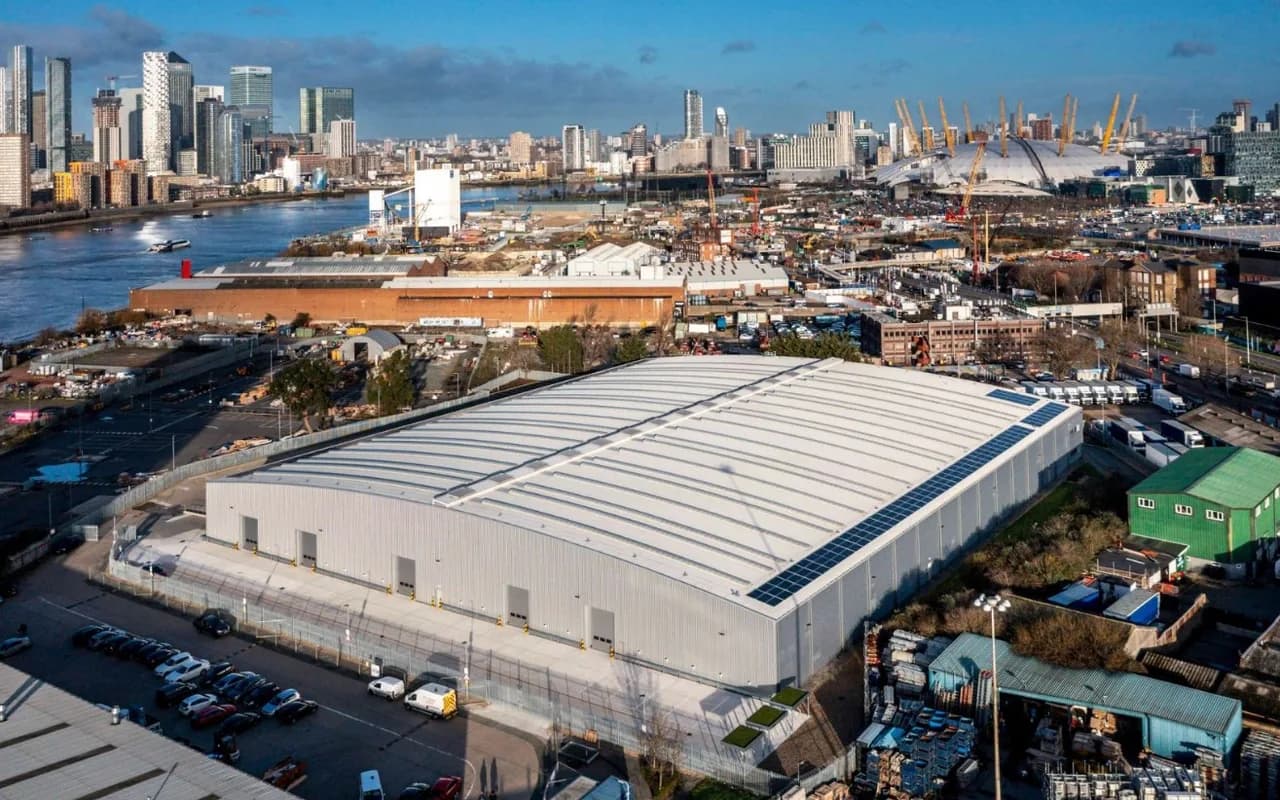
Over the past six months, you may have heard various adaptations of the phrases ‘sticky market’, ‘re-adjustment’, ‘the new normal’ or ‘protracted decision making’ when discussing the current state of the industrial and logistics market. However, you will also have heard that ‘rental growth is still robust’, ‘supply is still tight’ and that there is a ‘flight to new-build quality product’.
Whatever your stance on the current market dynamics, all of us are aware that there has been a significant shift since its peak in Q2 2022. Take up has cooled, yields have softened, and speculative development volumes have eased off. However, we have to be very careful when depicting what this means for the industrial and logistics sector.
The ‘race for space’ since March 2020 saw record volumes of take up and deals completed. Contracts were being awarded in record numbers in the 3PL market, coupled with unprecedented sales in the online retail markets. This created the perfect storm for the industrial and logistics sector, especially in the Midlands region, which saw up to 35% rental growth in those three years. My fellow Partner, Jamie Catherall, wrote a Credible Thinking piece on the effect this had once the dust had settled, with the release of up to 6.2m sq ft of grey space into the market.
Most of that space now has identified occupiers attached to it, and in some circumstances, at significant levels of profit rent. Furthermore, aside from Wolverhampton 450 in the West Midlands, there’s been no new announcements of grey space being released into the market so far this quarter. So where does that leave us now?
My view is that occupiers will now be looking at longer term, more strategic acquisitions for XXL (500,000 sq ft +) distribution facilities. The key drivers for this for this will be supply chain efficiencies created through consolidation of existing portfolios, the requirement for more space as a result of onshoring of operations and stockpiling. ESG credentials driven at board, shareholder and staff level will also have an ever-increasing impact coupled with the fact senior decision makers now actually have time to sit back, take stock and plan.
Given the scale of these acquisitions from both a logistical (fit out programmes, potential redundancies and recruitment) and indeed a rent roll perspective, it is therefore not a surprise that negotiations are ‘stickier’ and more ‘protracted.’ However, we are still witnessing sustained enquiry volumes and progressed discussions with occupiers, but these have not yet converted into done deals. This was reflected in DTRE’s Q1 23 take up figures, which saw 5.6m sq ft of take up, down 19% on the pre-Covid quarterly average.
However, DTRE are currently monitoring 8.6m sq ft of active and genuine ‘Big Box’ requirements currently in the Midlands and Southeast alone. This is across 14 named occupiers and 19 requirements (made up of retailers, supermarkets and logistics businesses) with an average requirement size of 494,000 sq ft. To put this into context against availability, as of today there are only six available units in the whole of the country that could accommodate a requirement of this size, and only half of these are immediately available for occupation today. It is therefore not surprising that the focus has shifted more towards bespoke design and build solutions to facilitate these ‘XXL’ requirements.
So what can we expect over the next 12 months? I believe void periods on those units of 200-500,000 sq ft will push out to 9 months + as there is less sustained take up, those units over 500,000 sq ft will be rewarded with shorter voids and record rental levels for XXL buildings, and finally a record proportion of take up will be via bespoke design and build solutions, especially in the Midlands where sites that can accommodate these developments are more readily available. Watch this space…



